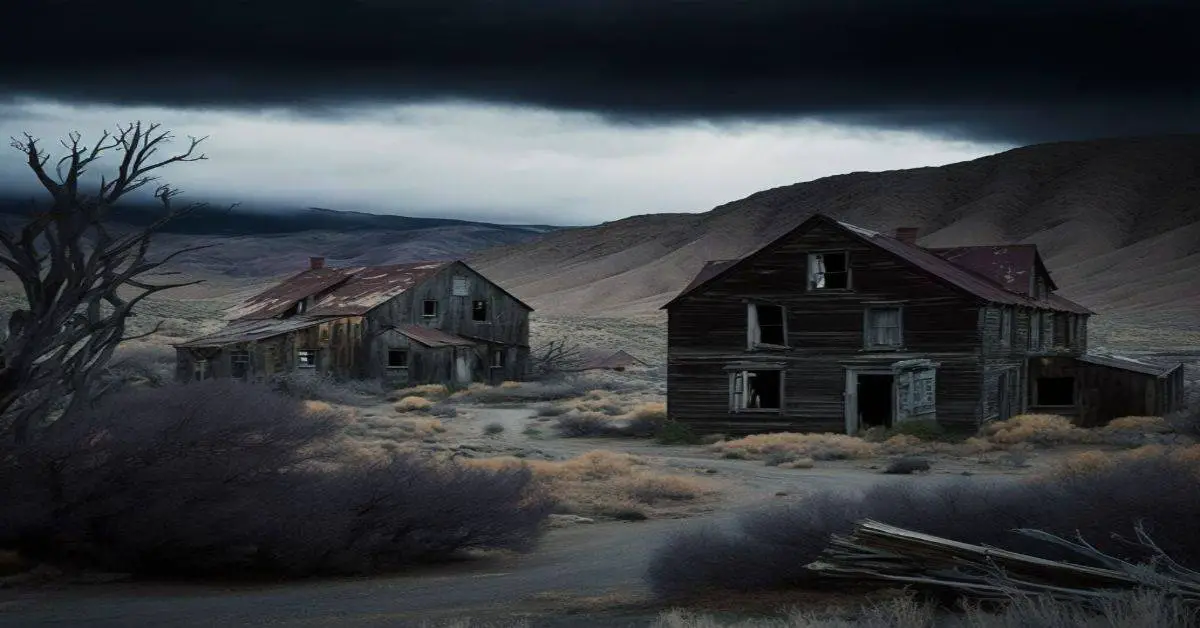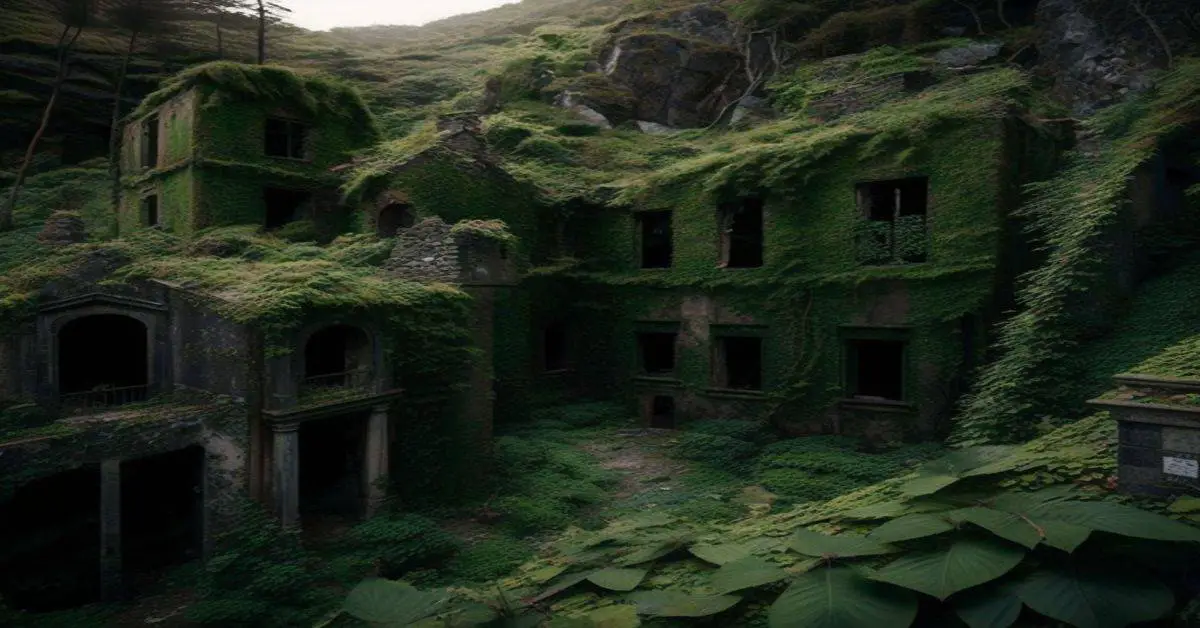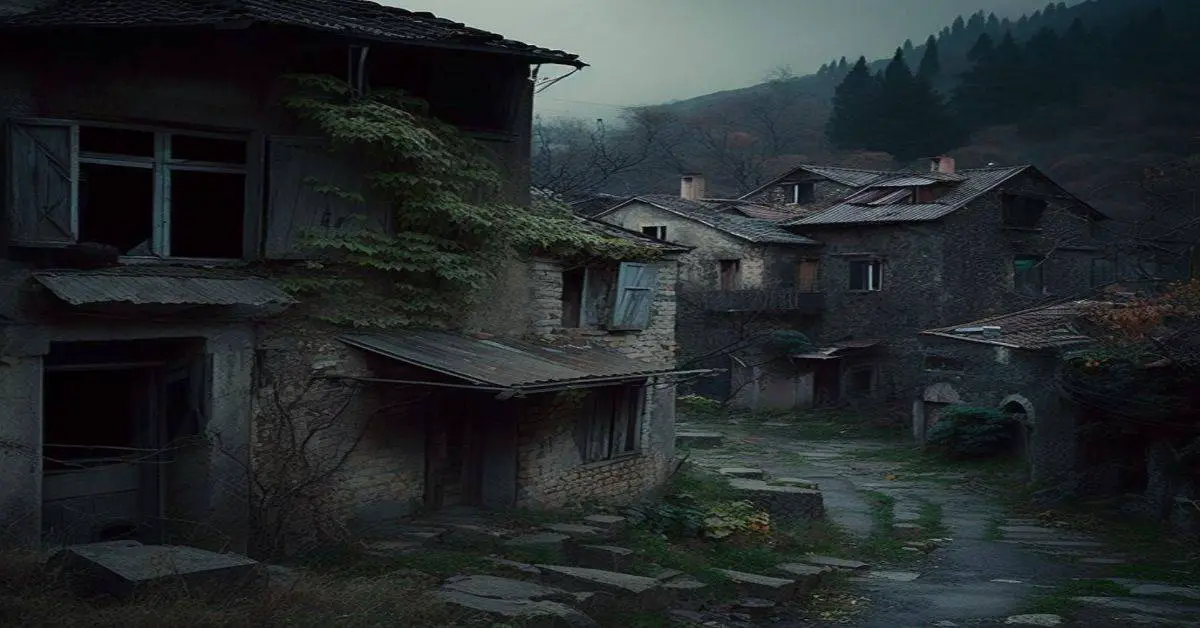Nestled in the heart of Nevada lies a ghost town that once served as a prominent hub for mining and transportation in the late 1800s. Battle Mountain, established in 1867, was named after a nearby Indian battle and became an important supply center for the Battle Mountain Mining District. Its growth was fueled by the arrival of the Central Pacific Railroad in 1868, which made it a crucial railhead and dinner station.
Despite facing several disasters throughout its history, including fires and floods, Battle Mountain remains a site worth exploring for those interested in the history of the American West.
As a result of its rich history and cultural significance, Battle Mountain has become a popular destination for tourists looking to experience the remnants of the town’s past.
In this article, we will delve into the history and establishment of Battle Mountain, explore the town’s challenges, and provide tips for those looking to visit this unique Nevada ghost town.
Whether you are a history enthusiast or simply looking for an off-the-beaten-path destination, Battle Mountain offers a fascinating glimpse into the past and a chance to experience the rugged beauty of the American West.
Key Takeaways
- Battle Mountain is a Nevada ghost town established in 1867 and named after a nearby Indian battle.
- It was a prominent hub for mining and transportation in the late 1800s, and the arrival of the Central Pacific Railroad in 1868 made it a crucial railhead and dinner station.
- Despite facing disasters such as fires and floods throughout its history, the community displayed remarkable resilience and determination, working together to rebuild the town after each one.
- Today, Battle Mountain is a popular destination for tourists interested in the history and culture of the American West, offering guided tours to explore its historical sites and a chance to experience the rugged beauty of the area.
History and Establishment
Battle Mountain was established in 1867 as a supply center for the Battle Mountain Mining District. The town was named after an Indian battle that took place nearby in 1861.
When the Central Pacific Railroad came through in 1868, the camp was moved next to the railroad, becoming an important railhead and dinner station. Businesses and newspapers opened in the town during the 1870s and 1880s, and Battle Mountain had become a well-established town by 1880.
The railroad development played a significant role in the establishment and growth of Battle Mountain. The arrival of the Central Pacific Railroad was crucial in moving the camp next to the railroad, which later became an important railhead and dinner station. The town’s proximity to the railroad allowed for the transportation of goods and services, making it an essential supply center for the Battle Mountain Mining District.
Additionally, the town’s name, Battle Mountain, was derived from an Indian battle that took place nearby in 1861, adding to its historical significance.
Disasters and Challenges
Several calamities, including fires and floods, posed challenges to the development and prosperity of Battle Mountain.
In 1873, a fire destroyed most of the town’s businesses, including the Capitol Hotel.
The town was rebuilt, but another fire struck in 1880, along with a massive flood that destroyed most of the newly constructed buildings.
The rebuilding efforts were successful, and Battle Mountain continued to thrive, with new businesses and newspapers opening up in the town.
Despite the challenges posed by these disasters, the community of Battle Mountain displayed remarkable resilience.
The townspeople worked together to rebuild the town after each disaster, showing their determination to maintain their settlement.
This resilience is reflected in the fact that Battle Mountain continued to grow and prosper even after these disasters.
Today, the remains of the town serve as a testament to the community’s perseverance and determination to overcome adversity.
Visiting and Tourism
The historical sites of this resilient community nestled in the heart of the American West offer a glimpse into the challenges faced by early settlers and provide an opportunity for visitors to explore the rich history of the region.
Battle Mountain has many historical sites worth visiting, such as the Capitol Hotel, a popular eating establishment in the late 1800s. Visitors can also explore the remains of the town itself, which serve as a reminder of the many disasters that the town faced, including fires and floods.
Guided tours are available for visitors who want to learn about the town’s history and explore its historical sites. These tours offer a unique opportunity to learn about the early days of Battle Mountain and the challenges faced by its inhabitants.
Additionally, visitors can sample the local cuisine, which features many traditional western dishes.
A trip to Battle Mountain is a great way to experience the history and culture of the American West.
Frequently Asked Questions
What are some notable landmarks or attractions in Battle Mountain besides the Capitol Hotel?
Aside from the Capitol Hotel, Battle Mountain offers a variety of historic sites and natural wonders worth exploring, including hidden gems. The town also boasts a vibrant cuisine scene and local breweries for those interested in eating and drinking.
How has the population of Battle Mountain changed throughout its history?
Population trends and demographics in Battle Mountain have fluctuated throughout its history due to economic factors and migration patterns. The town grew rapidly in the late 1800s but declined in the 20th century, with a current population of around 3,000.
What industries or businesses are currently active in Battle Mountain?
Battle Mountain currently has active industries in mining and ranching. Economic development and tourism are also important in the area. The town’s historical sites and hot springs attract tourists, while mining and ranching provide employment opportunities for locals.
Are there any unique local traditions or cultural events in Battle Mountain?
Battle Mountain hosts the annual “Lander County Fair and Rodeo,” showcasing livestock, arts, and crafts. The town also celebrates “Nevada Day” with a parade and community activities, promoting local culture and tradition.
What is the nearest major city to Battle Mountain and how far away is it?
The nearest major city to Battle Mountain is Elko, which is approximately 85 miles away. It takes about an hour and a half to drive from Battle Mountain to Elko. The nearest airport is Elko Regional Airport, which is about 85 miles away from Battle Mountain.


